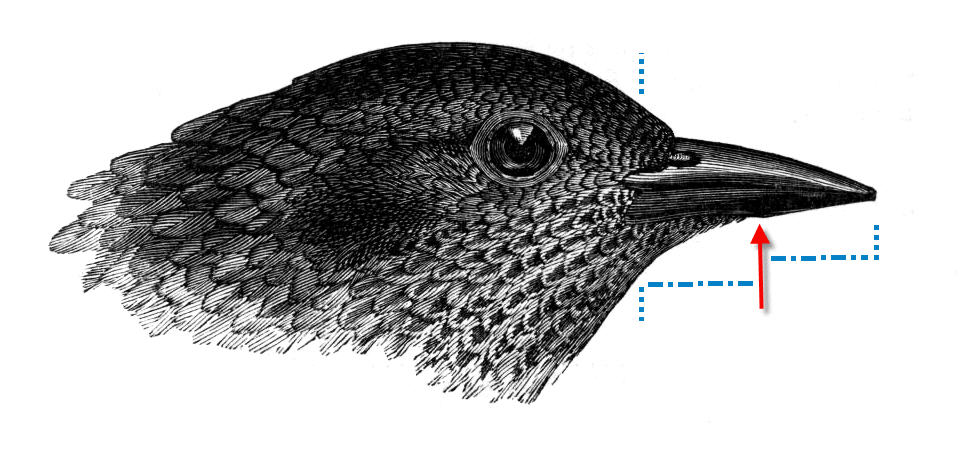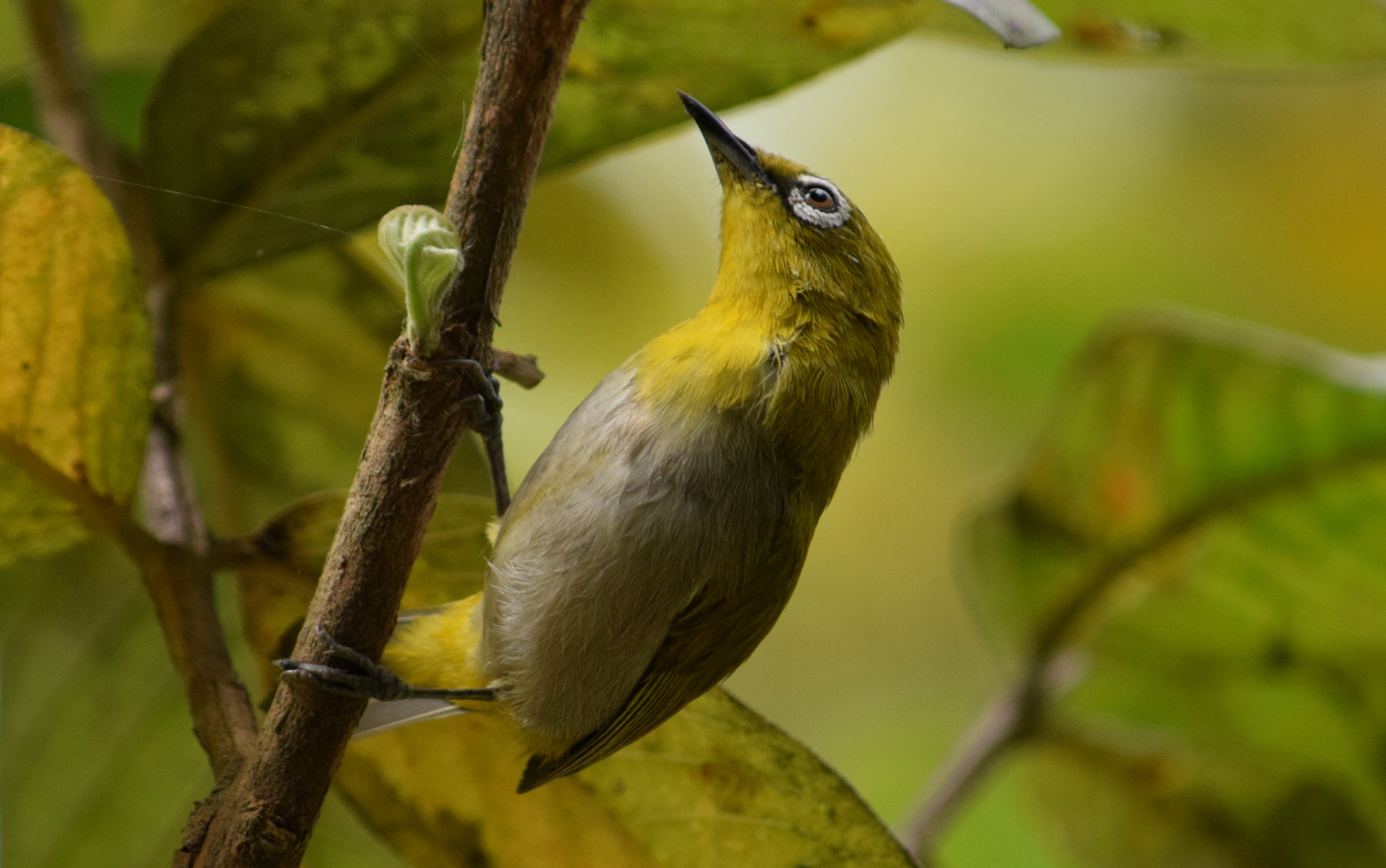|
Mein-ma-hla Kyun Wildlife Sanctuary
Meinmahla Kyun Wildlife Sanctuary is a protected area in Myanmar with an extent of and one of the ASEAN Heritage Parks. Meinmahla Kyun is an island in the Ayeyarwady Delta ranging in elevation from and covered by mangrove forest. It was declared a Ramsar site in 2017. Biodiversity Meinmahla Kyun Wildlife Sanctuary harbours about 40 mangrove species, 53 species of medicinal plants and 11 orchid species, 59 fish species, 35 butterfly species, 26 snake species, 12 shrimp species, 10 crab species, and saltwater crocodile (''Crocodylus porosus''). A fishing cat (''Prionailurus viverrinus'') was photographed in February 2016 for the first time in the country. The sanctuary provides habitat for both resident and migratory birds. Among the 102 species sighted during boat surveys in February 2006 were Oriental white ibis (''Threskiornis melanocephalus''), glossy ibis (''Plegadis falcinellus''), bar-tailed godwit (''Limosa lapponica''), hen harrier (''Circus cyaneus''), clamorous ree ... [...More Info...] [...Related Items...] OR: [Wikipedia] [Google] [Baidu] |
Bogale Township
Bogale Township ( my, ဘိုကလေးမြို့နယ် ) is a township of Pyapon District in the Ayeyarwady Region of Burma (Myanmar). In May 2008, the town of Bogale suffered heavily from Cyclone Nargis Extremely Severe Cyclonic Storm Nargis ( my, နာဂစ်, ur, نرگس ) was an extremely destructive and deadly tropical cyclone that caused the worst natural disaster in the recorded history of Myanmar during early May 2008. The cyclone m ...; 36,325 people were listed as dead or missing."Bogale Township Profile" Myanmar Information Management Unit (MIMU) March 2009 Communities On 8 August 2008, two village tracts (Kadonkani and Ayeyar) from[...More Info...] [...Related Items...] OR: [Wikipedia] [Google] [Baidu] |
Glossy Ibis
The glossy ibis (''Plegadis falcinellus'') is a water bird in the order Pelecaniformes and the ibis and spoonbill family Threskiornithidae. The scientific name derives from Ancient Greek ''plegados'' and Latin, ''falcis'', both meaning "sickle" and referring to the distinctive shape of the bill. Distribution This is the most widespread ibis species, breeding in scattered sites in warm regions of Europe, Asia, Africa, Australia, and the Atlantic and Caribbean regions of the Americas. It is thought to have originated in the Old World and spread naturally from Africa to northern South America in the 19th century, from where it spread to North America. The glossy ibis was first found in the New World in 1817 (New Jersey). Audubon saw the species just once in Florida in 1832. It expanded its range substantially northwards in the 1940s and to the west in the 1980s. This species is migratory; most European birds winter in Africa, and in North America birds from north of the Carolinas w ... [...More Info...] [...Related Items...] OR: [Wikipedia] [Google] [Baidu] |
Great Thick-knee
The great stone-curlew or great thick-knee (''Esacus recurvirostris'') is a large wader which is a resident breeder in tropical southern Asia from India, Pakistan, Sri Lanka, Bangladesh into South-east Asia. Taxonomy The great stone-curlew was formally described in 1829 by the French naturalist Georges Cuvier and given the binomial name ''Oedicnemus recurvirostris''. The type locality is Nepal. The specific epithet ''recurvirostris'' combines Latin ''recurvis'' meaning "bent backwards" with ''-rostris'' meaning "-billed". The species is now placed in the genus ''Esacus'' that was introduced in 1831 to accommodate the great stone-curlew by the French naturalist René Lesson. Published in 8 ''livraisons'' between 1830 and 1831. For dates see: The species is monotypic: no subspecies are recognised. Description The great thick-knee is a large wader at 49–55 cm, and has a massive 7 cm bill with the lower mandible with a sharp angle giving it an upturned appear ... [...More Info...] [...Related Items...] OR: [Wikipedia] [Google] [Baidu] |
Black-headed Ibis
The black-headed ibis (''Threskiornis melanocephalus''), also known as the Oriental white ibis, Indian white ibis, and black-necked ibis, is a species of wading bird of the ibis family Threskiornithidae which breeds in the South and Southeast Asia from India to the west and as far east as Japan. It is the only native ibis species in its range that has an overall white plumage with a black neck and head. The down-curved beak and legs are also black. Though often referred to as a wetland species, the black-headed ibis forages in a range of natural and man-made habitats. This species of ibis nests only during the rainy season. Description The black-headed ibis is one of several large waterbird species in south and south-east Asia, with adults measuring 65–76 cm in length. The white plumage is starkly contrasted against a conspicuous naked black neck and head, and black down-curved beak. Tails of adults bear light grey ornamental feathers that turn jet black during the breed ... [...More Info...] [...Related Items...] OR: [Wikipedia] [Google] [Baidu] |
Lesser Adjutant
The lesser adjutant (''Leptoptilos javanicus'') is a large wading bird in the stork family Ciconiidae. Like other members of its genus, it has a bare neck and head. It is however more closely associated with wetland habitats where it is solitary and is less likely to scavenge than the related greater adjutant. It is a widespread species found from India through Southeast Asia to Java. Description A large stork with an upright stance, a bare head and neck without a pendant pouch, it has a length of (outstretched from bill-to-tail measurement), weighs from and stands about tall.Hancock, James A.; Kushan, James A.; Kahl, M. Philip. (1992) ''Storks, Ibises and Spoonbills of the World''. Princeton University Press. The only confusable species is the greater adjutant, but this species is generally smaller and has a straight upper bill edge ( culmen), measuring in length, with a paler base and appears slightly trimmer and less hunch-backed. The skullcap is paler and the upper pl ... [...More Info...] [...Related Items...] OR: [Wikipedia] [Google] [Baidu] |
Rufous Woodpecker
The rufous woodpecker (''Micropternus brachyurus'') is a medium-sized brown woodpecker native to South and Southeast Asia. It is short-billed, foraging in pairs on small insects, particularly ants and termites, in scrub, evergreen, and deciduous forests and is noted for building its nest within the carton nests of arboreal ants in the genus ''Crematogaster''. It was for sometime placed in the otherwise Neotropical genus ''Celeus'' but this has been shown to be a case of evolutionary convergence and molecular phylogenetic studies support its placement in the monotypic genus ''Micropternus''. Taxonomy This species was formerly placed in the South American genus ''Celeus'' due to external resemblance but its disjunct distribution placed it in doubt. Studied in 2006 based on DNA sequence comparisons have confirmed that the rufous woodpecker is not closely related to ''Celeus'' and is a sister of the genus ''Meiglyptes'' and best placed within the monotypic genus ''Micropternus''. Th ... [...More Info...] [...Related Items...] OR: [Wikipedia] [Google] [Baidu] |
Nordmann's Greenshank
Nordmann's greenshank (''Tringa guttifer'') or the spotted greenshank, is a wader in the large family Scolopacidae, the typical waders. Description The Nordmann's greenshank is a medium-sized sandpiper, at long, with a slightly upturned, bicoloured bill, and relatively short yellow legs. Breeding adults are boldly marked, with whitish spots and spangling on black upperside; heavily streaked head and upper neck; broad, blackish, crescentic spots on lower neck and breast; and darker lores. Distribution The Nordmann's greenshank breeds in eastern Russia along the south-western and northern coasts of the Sea of Okhotsk and on Sakhalin Island. Its non-breeding range is not fully understood, but significant numbers have been recorded in South Korea, mainland China, Hong Kong, and Taiwan on passage, and in Bangladesh, Thailand, Cambodia, Vietnam and Peninsular Malaysia in winter. It has also been recorded on passage or in winter in Japan, North Korea, India, Sri Lanka, Myanmar ( ... [...More Info...] [...Related Items...] OR: [Wikipedia] [Google] [Baidu] |
Black-crowned Night-heron
The black-crowned night heron (''Nycticorax nycticorax''), or black-capped night heron, commonly shortened to just night heron in Eurasia, is a medium-sized heron found throughout a large part of the world, including parts of Europe, Asia, and North and South America. In Australasia it is replaced by the closely related nankeen night heron, with which it has hybridized in the area of contact. Taxonomy The black-crowned night heron was formally described by the Swedish naturalist Carl Linnaeus in 1758 in the tenth edition of his '' Systema Naturae''. He placed it with herons, cranes and egrets in the genus '' Ardea'' and coined the binomial name ''Ardea nicticorax''. It is now placed in the genus ''Nycticorax'' that was introduced in 1817 by the English naturalist Thomas Forster for this species. The epithet ''nycticorax'' is from Ancient Greek and combines ''nux'', ''nuktos'' meaning "night" and ''korax'' meaning "raven". The word was used by authors such as Aristotle and ... [...More Info...] [...Related Items...] OR: [Wikipedia] [Google] [Baidu] |
Eurasian Whimbrel
The Eurasian whimbrel or common whimbrel (''Numenius phaeopus'') is a wader in the large family Scolopacidae. It is one of the most widespread of the curlews, breeding across much of subarctic Asia and Europe as far south as Scotland. This species and the Hudsonian whimbrel have recently been split, although some taxonomic authorities still consider them to be conspecific. Taxonomy The Eurasian whimbrel was formally described by the Swedish naturalist Carl Linnaeus in 1758 in the tenth edition of his ''Systema Naturae'' under the binomial name ''Scolopax phaeopus''. It is now placed with the curlews in the genus '' Numenius'' that was introduced by the French ornithologist Mathurin Jacques Brisson in 1760. The genus name ''Numenius'' is from Ancient Greek ''noumenios'', a bird mentioned by Hesychius. It is associated with the curlews because it appears to be derived from ''neos'', "new" and ''mene'' "moon", referring to the crescent-shaped bill. The specific epithet ''phaeopus' ... [...More Info...] [...Related Items...] OR: [Wikipedia] [Google] [Baidu] |
Greater Coucal
The greater coucal or crow pheasant (''Centropus sinensis''), is a large non-parasitic member of the cuckoo order of birds, the Cuculiformes. A widespread resident in the Indian Subcontinent and Southeast Asia, it is divided into several subspecies, some being treated as full species. They are large, crow-like with a long tail and coppery brown wings and found in a wide range of habitats from jungle to cultivation and urban gardens. They are weak fliers, and are often seen clambering about in vegetation or walking on the ground as they forage for insects, eggs and nestlings of other birds. They have a familiar deep resonant call which is associated with omens in many parts of its range. Description This is a large species of cuckoo at 48 cm. The head is black, upper mantle and underside are black glossed with purple. The back and wings are chestnut brown. There are no pale shaft streaks on the coverts. The eyes are ruby red. Juveniles are duller black with spots on the ... [...More Info...] [...Related Items...] OR: [Wikipedia] [Google] [Baidu] |
Oriental White-eye
The Indian white-eye (''Zosterops palpebrosus''), formerly the Oriental white-eye, is a small passerine bird in the white-eye family. It is a resident breeder in open woodland on the Indian subcontinent. They forage in small groups, feeding on nectar and small insects. They are easily identified by the distinctive white eye-ring and overall yellowish upperparts. The range previously extended eastwards to Southeast Asia, Indonesia and Malaysia but when the taxa in these regions were assigned to other species, the English name was changed. Taxonomy The Indian white-eye was described by the Dutch zoologist Coenraad Jacob Temminck in 1824 from a specimen collected in Bengal. He coined the binomial name ''Sylvia palpebrosa''. The English and scientific names refer to the conspicuous ring of white feathers round the eyes, ''palpebrosus'' being New Latin for "having prominent eyelids", from the Latin ''palpebrae'' "eyelids". The English name of this species was changed from "Orienta ... [...More Info...] [...Related Items...] OR: [Wikipedia] [Google] [Baidu] |

_Yala.jpg)




